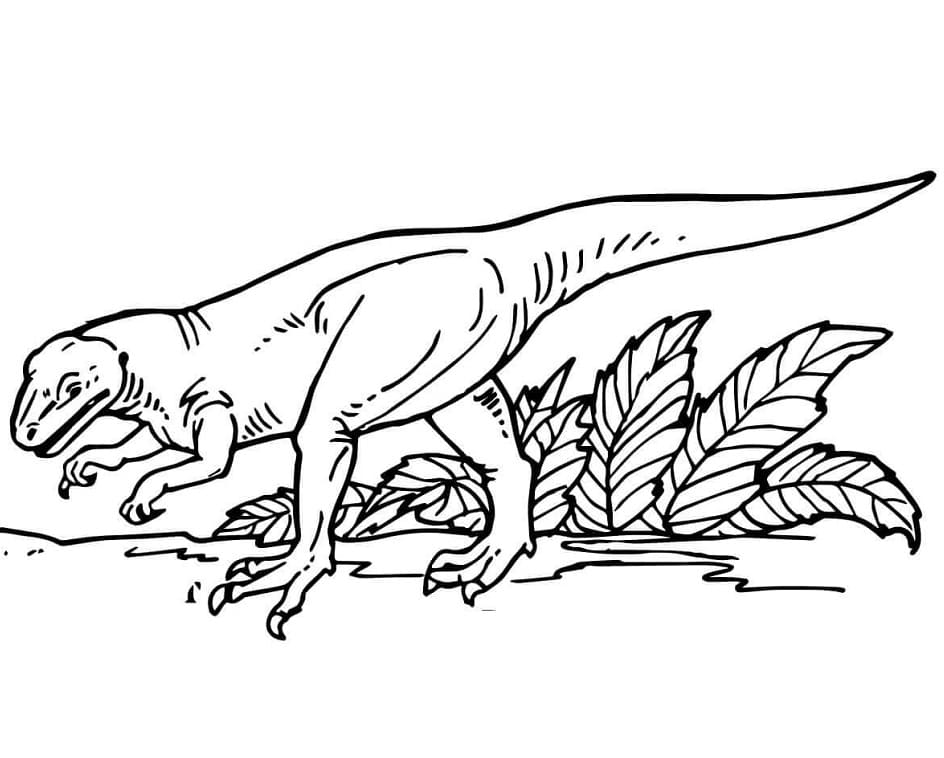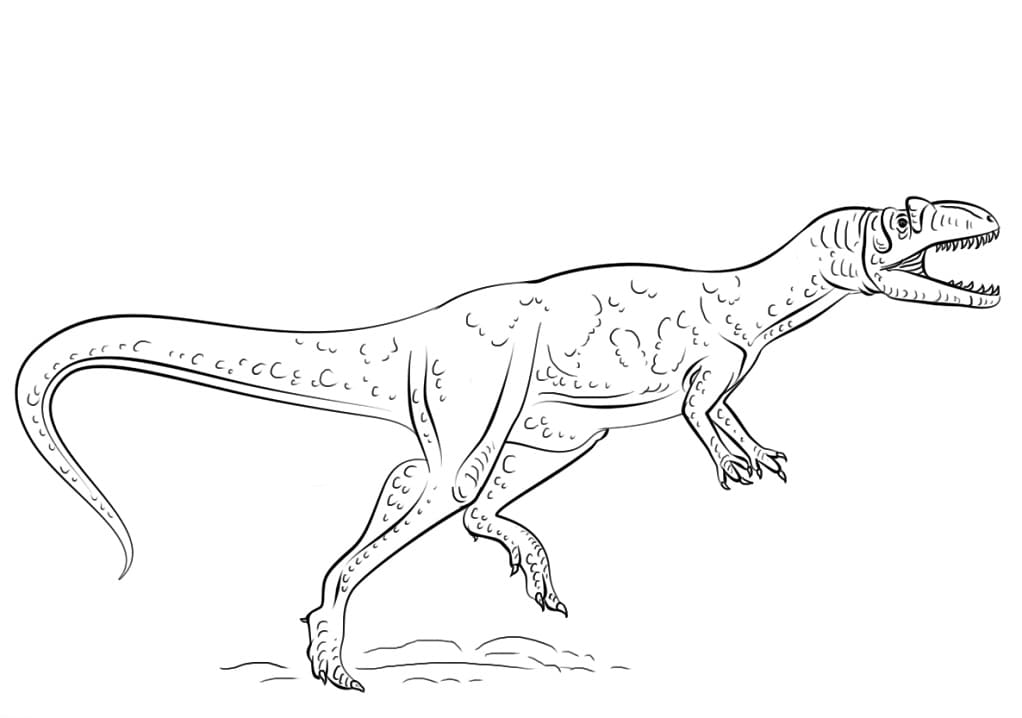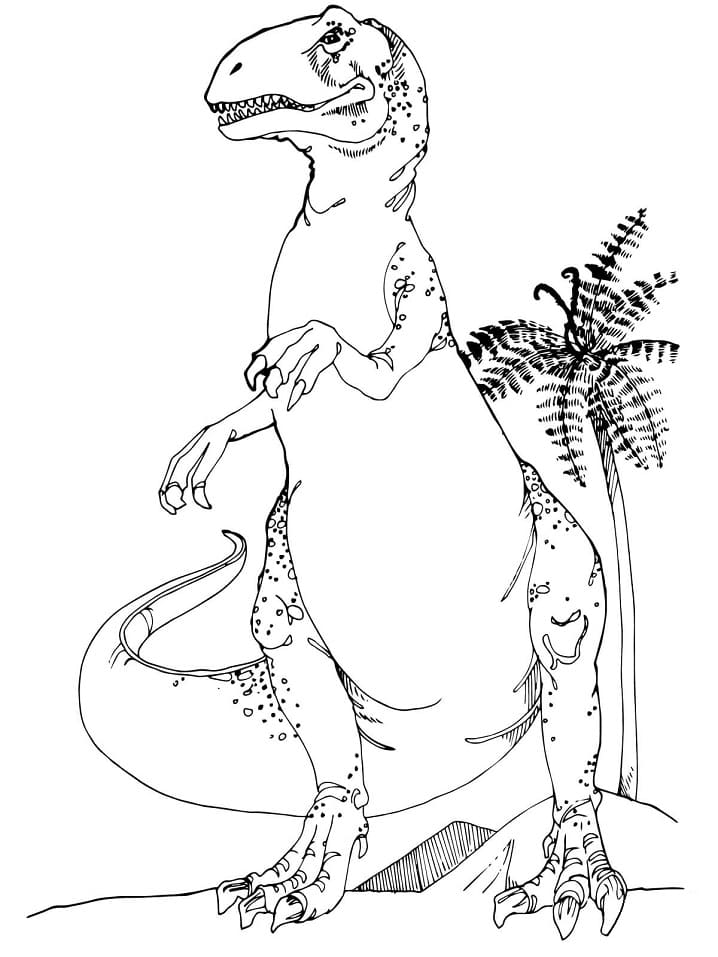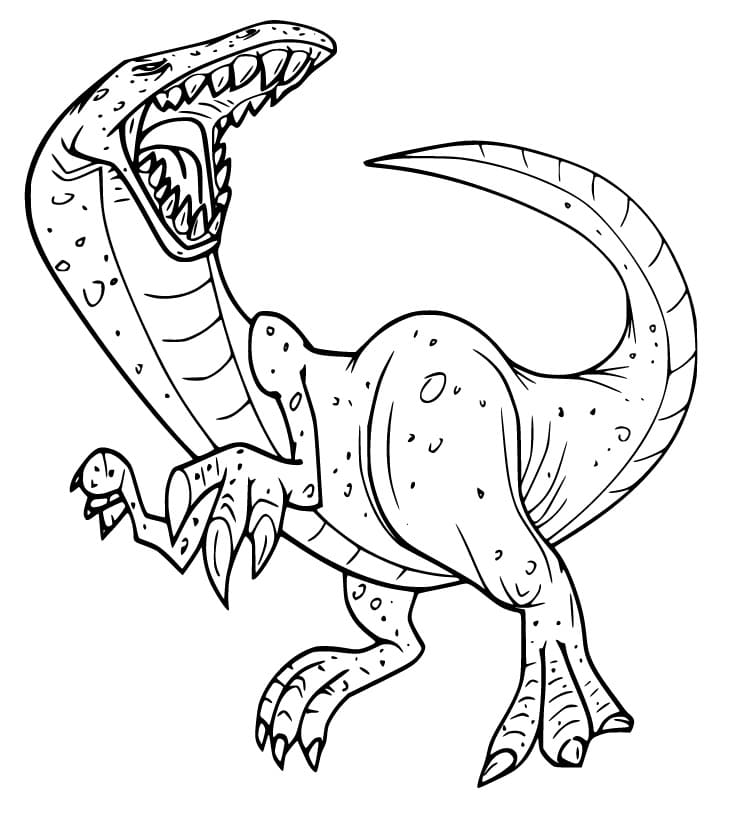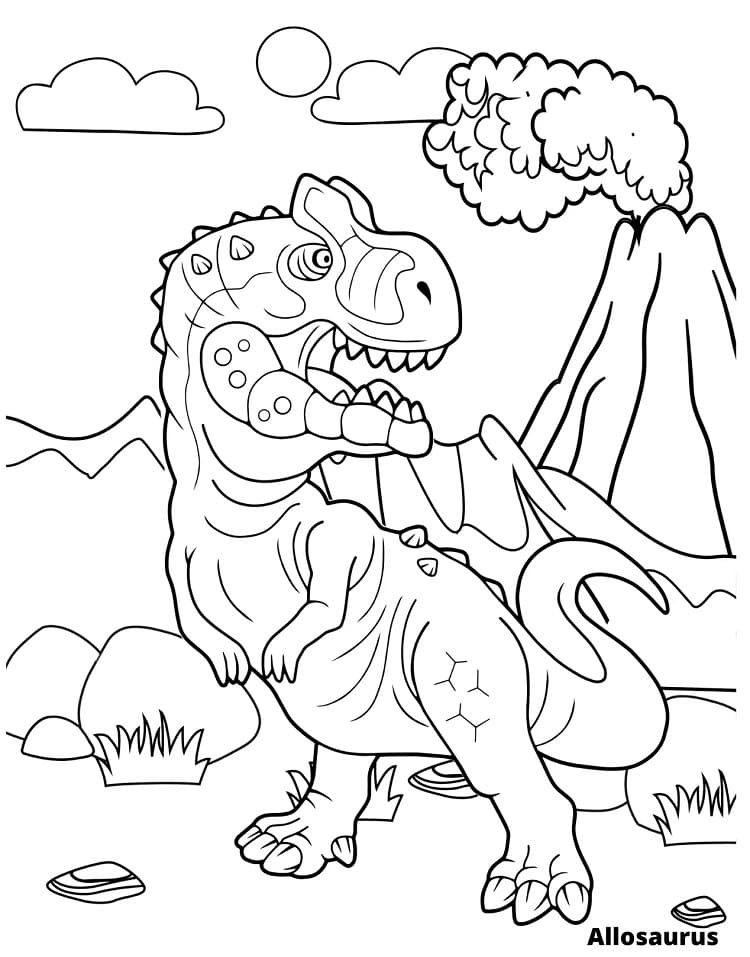Allosaurus (Allosaurus) is an extinct genus of theropod dinosaur that belonged to the family Allosauridae. It was a large carnivore that lived during the Late Jurassic period, about 155-150 million years ago.
Allosaurus - interesting facts and information
-
- Appearance: Allosaurus was a large and massive predator. It could reach a length of about 8-12 meters and a weight of about 2-4 tons. It had strong limbs ending in sharp claws, sharp teeth and strong jaws, which allowed it to hunt large prey.
- Diet: Allosaurus was a predator and hunted a variety of animals, including herbivorous dinosaurs such as stegosaurus and sauropods, but also likely attacked other smaller theropods.
- Disposition: Allosaurus lived in what is now North America, and remains of this dinosaur have been found in various areas such as Utah, Wyoming, Colorado and others.
- Society: Allosaurs appear to have hunted both singly and in groups. Findings suggest that they lived in hierarchical societies, and juveniles may have remained in a group for some time after hatching.
- Extinction: Like other dinosaurs, Allosaurus became extinct at the end of the Jurassic period, about 150 million years ago. The reasons for its extinction are not precisely known, but may have been related to a number of factors, including climate change and competition with other predators.
- Discoveries: Allosaurus was one of the first theropod dinosaurs whose remains were discovered and described in the 19th century. Its fossils have played a key role in understanding prehistoric ecosystems and the structure of dinosaur communities.
Allosaurus was a fierce predator that dominated its ecosystem and played an important role in the Late Jurassic ecosystem. Thanks to fossil finds, scientists can better understand the history of life on Earth and the diversity of prehistoric organisms that inhabited our planet many millions of years ago.

